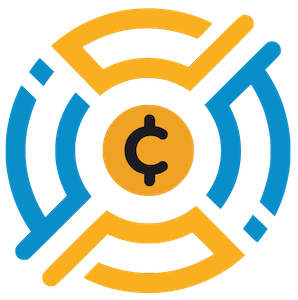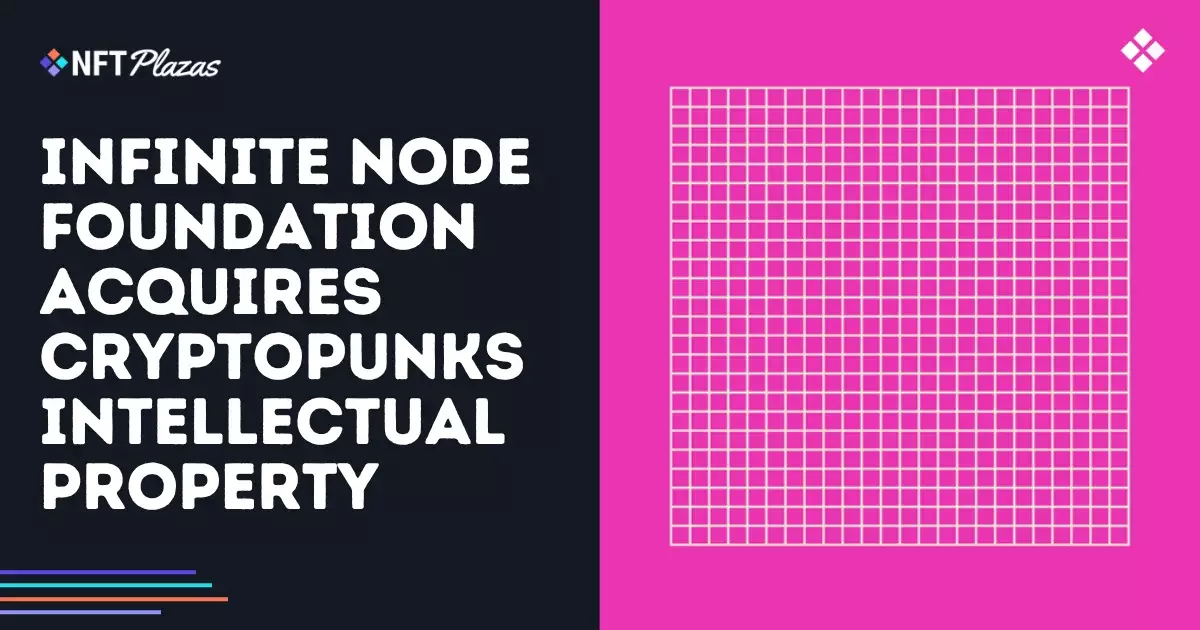The recent acquisition of the CryptoPunks intellectual property by the Infinite Node Foundation (NODE) is sending shockwaves through the art world. Once a commercial asset under the auspices of Yuga Labs, the famed NFT collection is now under the stewardship of a nonprofit, which was established to ensure the preservation and accessibility of these digital treasures. This pivotal change is not just about management; it signifies a larger cultural shift in how we perceive and engage with digital art. The transaction represents the dissolution of profit-driven attitudes in favor of preservation and public utility, offering a glimpse of the potential future for other digital assets as society grapples with their significance.
Nonprofit vs. Commercial Management
At its core, the difference between nonprofit and commercial management is ideologically profound. For years, CryptoPunks existed as a commodity, hunted by collectors and investors for the financial windfall they represented. This often overshadowed their intrinsic artistic value and cultural implications. With NODE’s nonprofit model, the focus pivots towards long-term stewardship and educational outreach. This approach allows for community engagement that prioritizes understanding and appreciating digital art rather than merely flipping assets for profit. As the world becomes increasingly enamored with digital collectibles, the shift to nonprofit governance could pave the way for similar transitions across the industry.
A Commitment to Preservation and Accessibility
The Infinite Node Foundation has committed an impressive $25 million to support the long-term conservation of CryptoPunks, enabling the collection to be displayed in an exhibition space in Palo Alto. This investment is not just financial; it demonstrates a serious commitment to making this collection a resource for scholars, curators, and art enthusiasts. Where commercial entities often prioritize marketing strategies and financial returns, NODE’s vision includes ensuring public access to this landmark work. The implications are monumental. By allowing digital art to be free from the constraints of commercialism, NODE is creating an environment that promotes learning, appreciation, and dialogue around the ever-evolving digital landscape.
Engagement with the Art Community
The governance structure of NODE features some of the biggest names in the digital art realm, including founding members of Larva Labs and Yuga Labs. Some may argue that having such figures on board could eventually reincorporate commercial agendas into the organization; however, it seems unlikely. Their engagement signals a desire to see CryptoPunks flourish in an environment free from financial exploitation. Natalie Stone’s role as a consultant also provides continuity between the collection’s past and its future. The inclusion of these figures establishes a bridge between the community and the once-commercialized art assets, ensuring that voices from the CryptoPunks community are heard as NODE moves forward.
A Framework for Digital Permanence
Micky Malka, Chair of the Foundation, highlights the pivotal role that CryptoPunks has played in blurring the lines between code, community, and commerce. This interplay epitomizes the cultural significance of such digital assets and signifies their eternal relevance. By grounding the governance of CryptoPunks in a nonprofit framework, NODE embraces the principles of decentralization and digital permanence. The foundation’s stated goal of recontextualizing CryptoPunks within the broader history of digital and contemporary art could inspire future art movements to prioritize preservation and cultural significance over profit.
A Future Anchored in Preservation
As the digital art movement continues to expand, NODE’s model offers a compelling alternative to the financial frenzy associated with NFTs. By centering its operations around preservation rather than commercialization, the Infinite Node Foundation could serve as a blueprint for other organizations looking to shift from profit-oriented business models to missions more aligned with public interest. Without overshadowing the creators’ original intentions, NODE is offering a sustainable framework that not only aims to protect existing collections but also to contextualize them within this new artistic paradigm. The governance of CryptoPunks marks a watershed moment, potentially paving the way for a more thoughtful and community-focused engagement in the NFT space.

